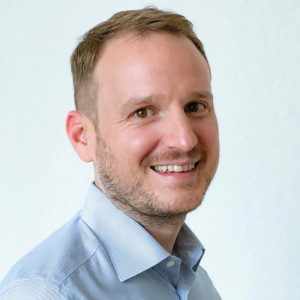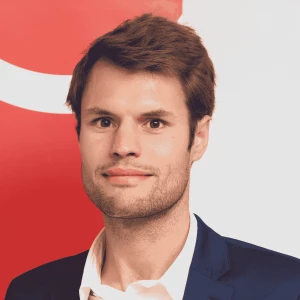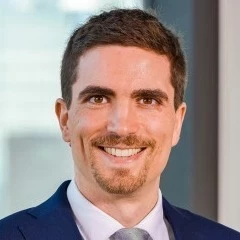Hi Experts!
I am working on improving my structuring and really keen to understand the thought process that you follow when you are building structures. I know this will be different for different people, but would be great to get a view of thought process you have in your head.















